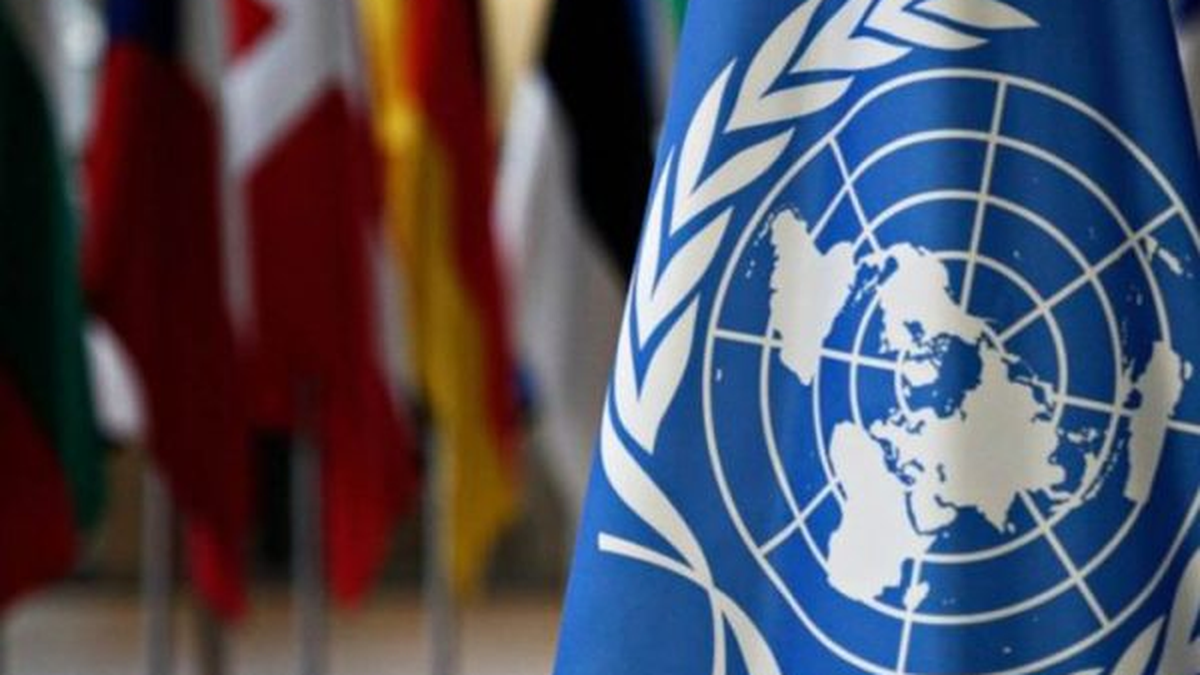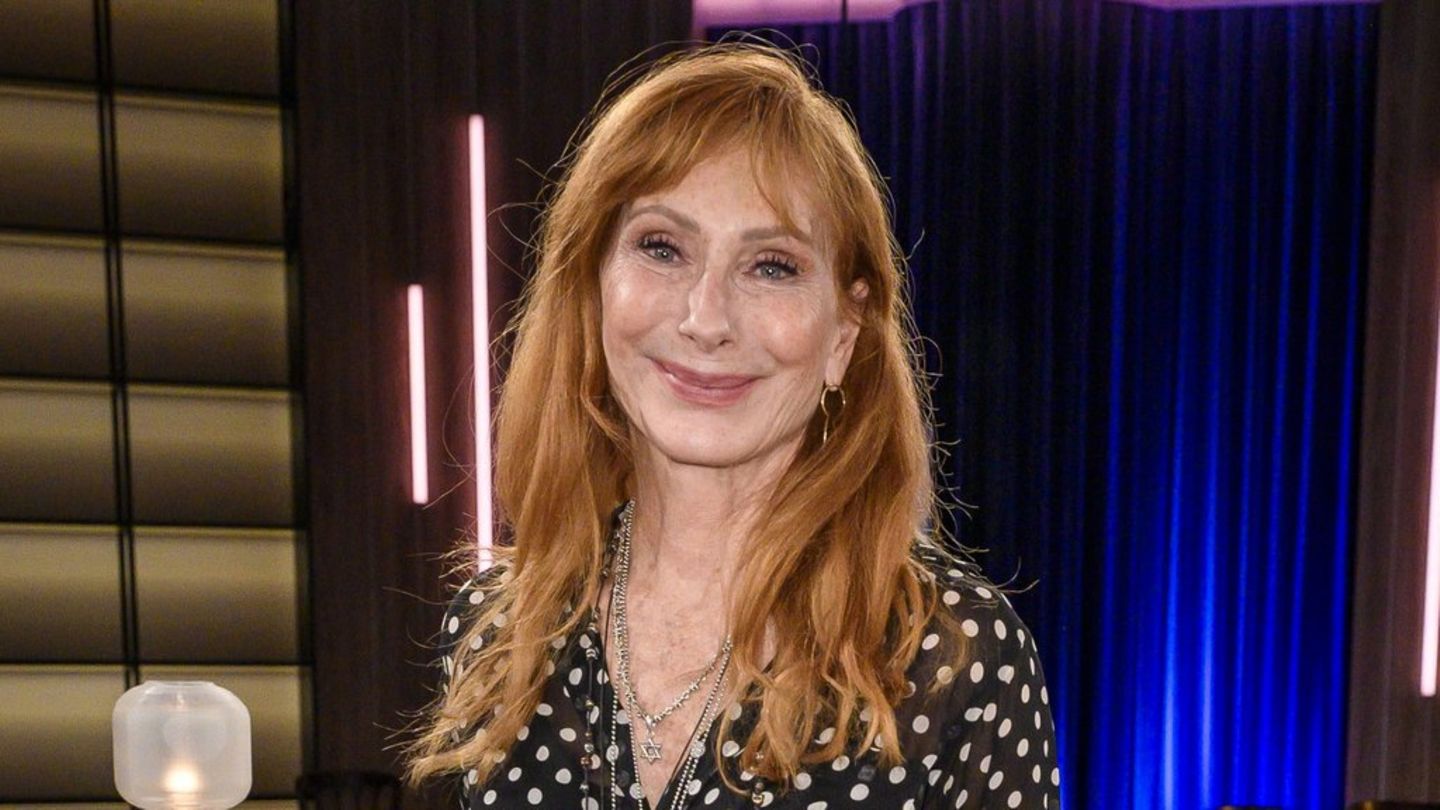The United Nations Security Council (UN) They launched a Call to Israel and Iran to descale the conflict after the exchange of missiles that shakes the Middle East. The 15 member countries asked to privilege the diplomatic route to resolve the situation that already claimed the life of 78 Iranians, an Israeli woman and left more than 300 people injured.
While there was unanimity in asking for the diplomatic route, there were nuances at the time of pointing out responsibilities. The African and Asian countries criticized Israel for their “unilateral” attack and their “contempt” for the UN Charter. Meanwhile, USA and Europe focused on the danger that the Iranian nuclear plan would be, although they did not mention Israel’s nuclear weapons.
During the meeting, Iran signed up against the US, to which he accused of complicit of Israel’s attacks. His ambassador to the UN, Amir Saeid Jalil Iravani, said that “The complicity of the United States in this terrorist attack is beyond doubt (…) We will not forget that our people lost their lives as a result of an Israeli attack with American weapons. “
Then Iravani He left a warning for Israel and his allies: “We will respond decisively and proportionally, In the place and with the media of our choice, and it is not a threat, but the necessary consequence of an unpaved military attack. “
The only weight support of Iran within the Security Council was, as expected, of Russia. The Russian ambassador to the UN, Vasili Nebenzia, described the Israeli attack as “a rude violation of the UN letter.”
Meanwhile, China and the US chose moderation and call to dialogue. “The countries with significant influence on Israel play a constructive role,” asked Fu Cong, the Chinese ambassador. The American, McCoy Pitt, warned that his country will not tolerate any attack on his citizens and pointed out the consequences in the region of an escalation of the conflict.
Israel unlocked Iran’s military dome: who are the general and scientific generals?
After The preventine attack to Iranthe army of Israel confirmed the death of the Chief of the General Staff of the Iranian Armed Forces, Mohammad Hossein Bagheri; of the Commander in Chief of the Revolutionary Guard, Hossein Salami; and from the commander of the emergency command, Gholam Ali Rashid. But in the Israeli offensive not only three generals have killed, but also at least four scientists of the Iranian nuclear program, identified by The New York Times.
In the operation of Israel against nuclear and military facilities, 200 Hebrew combat aircraft F16/F35 participated, which launched about 330 missiles on more than 100 objectives, including facilities in Natanz, military bases and residences of senior officers.
Commander in chief of the bodies of the Islamic Revolutionary Guard since 2019. He was commander in various regions during the war with Iraq. between 1908 and 1986 and was recognized for their aggressive rhetoric against the United States and Israel. In addition, he directed operations in Syria and Yemen.
Born in 1961 in the Iranian capital, Mohammad Bagheri He joined Guardian body of the Islamic Revolution (CGRI) In 1980, during the Iran-Airak war. Considered one of the main architects of the country’s military doctrine, he rose in the hierarchy until he was appointed Chief of the General Staff on June 28, 2016, replacing Hassan Firouzabadi.
Before his appointment as Chief of the General Staff, Bagheri served as SUBGJE IN THE INTELLIGENCE AND OPERATIONS AREAS. His role was not limited to the Iranian territory: in October 2017 he visited troops in the Syrian province of Aleppoand in February 2022 he declared that Iran would continue to develop their Balistic missile program “In quantity and quality,” he reported Reuters.
In October 2022, the White House He affirmed that Iranian troops were present in Crimea supporting Russia in the use of drones; Bagheri supervised the branches of the army responsible for the supply of these systems.
Deputy Chief of the General Staff and High Command of the Islamic Revolutionary Guard. This high command had a key role in the design of defensive and deterrence operations and is considered an influential member of the Strategic Military Planning Circle. He was a man very close to the Chief of the Revolutionary Guard murdered by the United States Qasem Soleimani.
Nuclear scientist, former director of the Atomic Energy Organization of Iran (2011-2013). Considered a key figure in the Iranian nuclear program, Abbasi-Davani was specialized in radiation physics and had survived a Attempt at 2010 by Mossad. It was key in the development of the uranium enrichment program.
Theoretical and intellectual physicist, former president of the Azad Islamic University of Tehran. President of the Azad Islamic University (until 2024). Tehranchi was specialized in quantum physics and cosmology. He played a key role in the scientific training of the nuclear program elites and was recognized for promoting strategic research and international publications.
In addition to these two scientists, the Tasnim agency of Iran has reported that four other scientists have died in the attacks.
It’s about Abdulhamid Minouchehr, Ahmadreza Zolfaghari, Seyyed Amirhossein Faqhi and Motlabizadeh, All of them linked to the powerful Iranian nuclear program.
Source: Ambito




